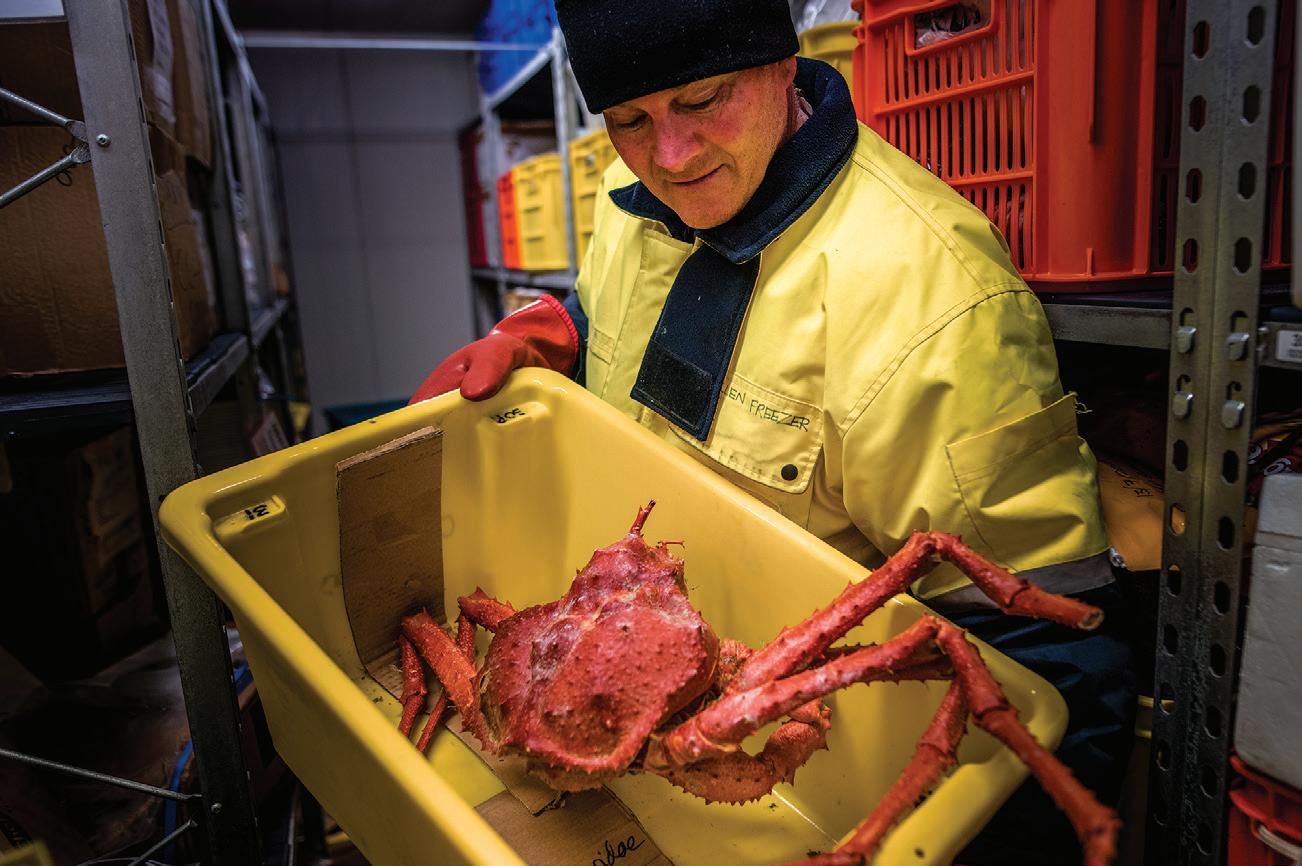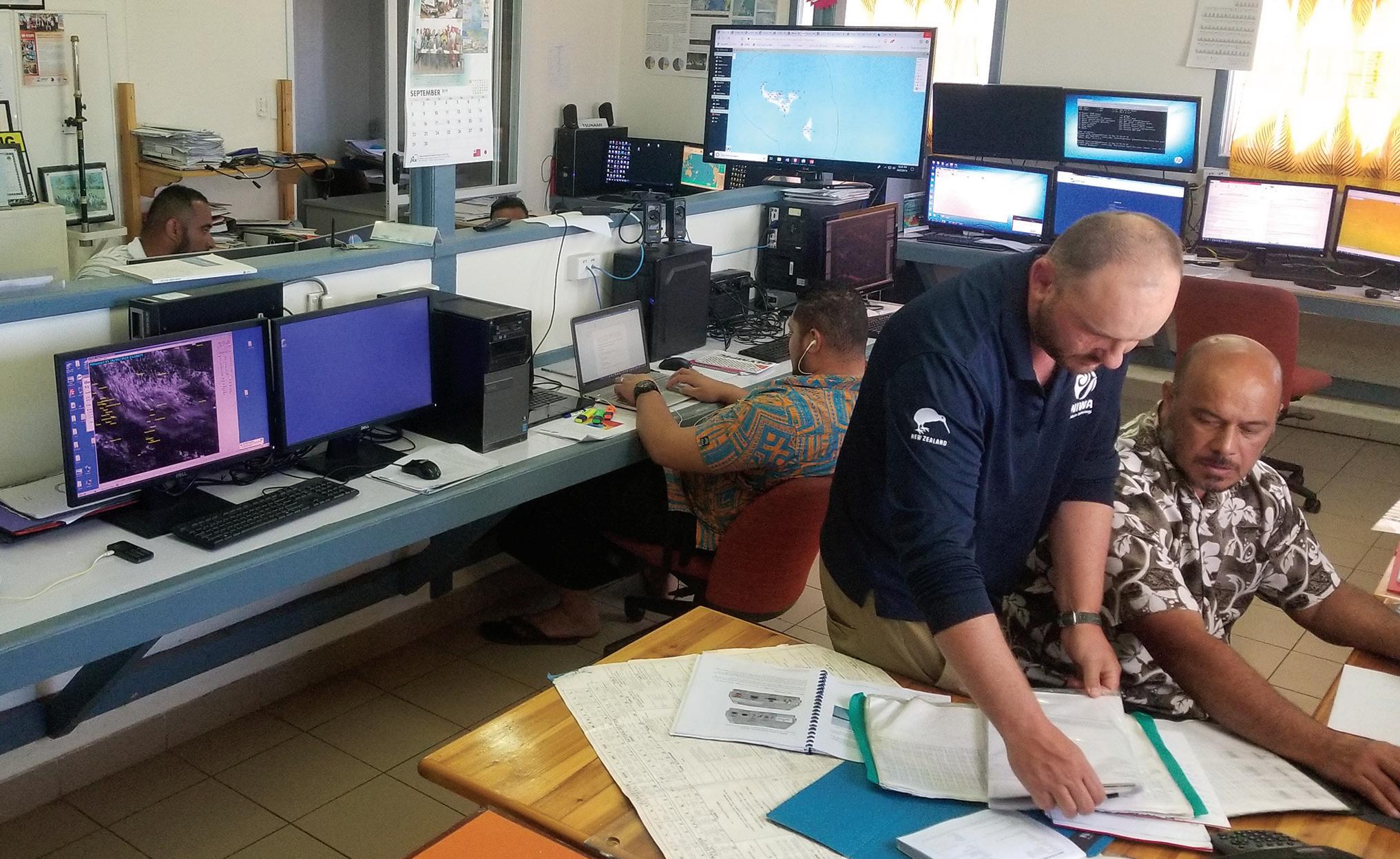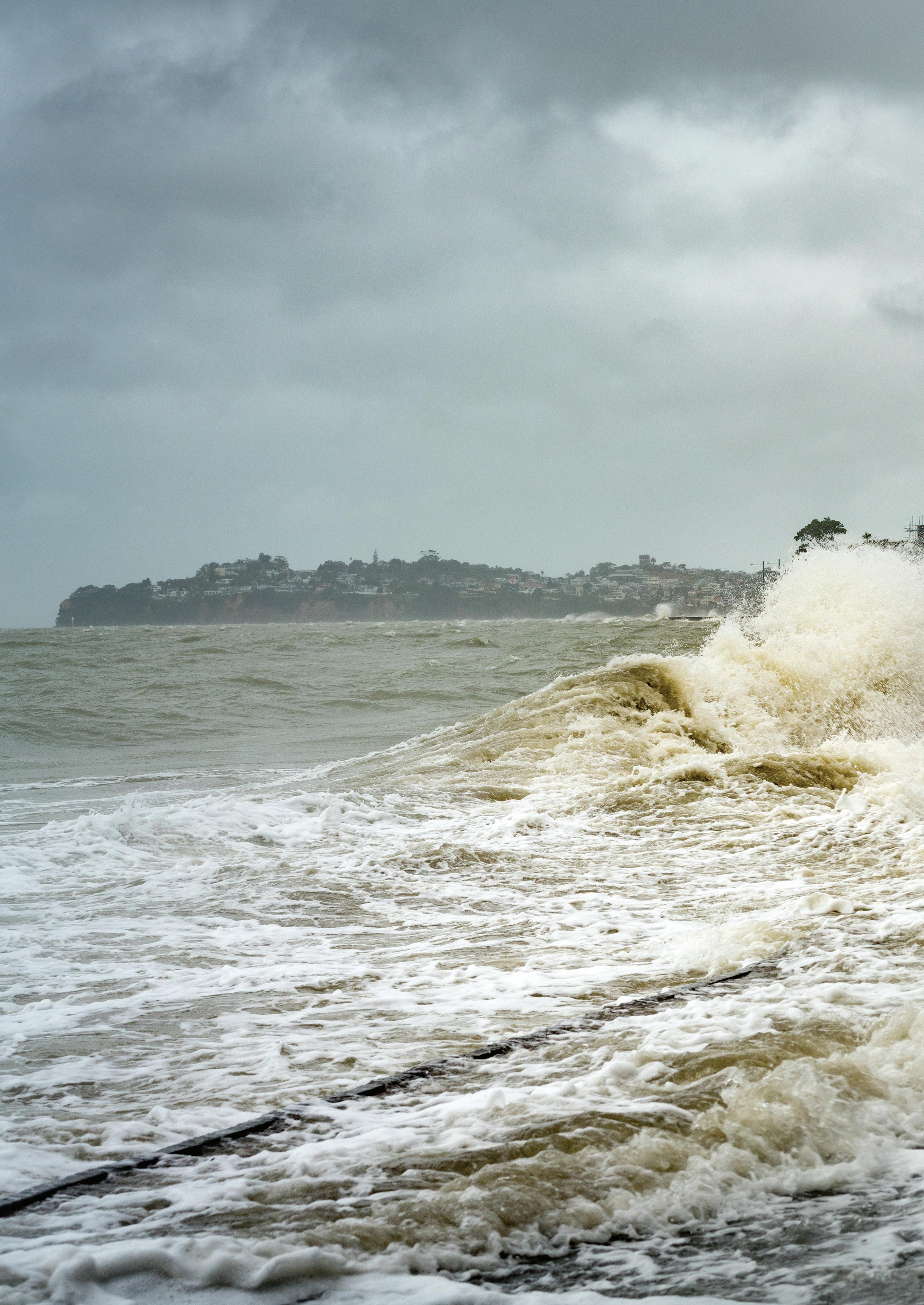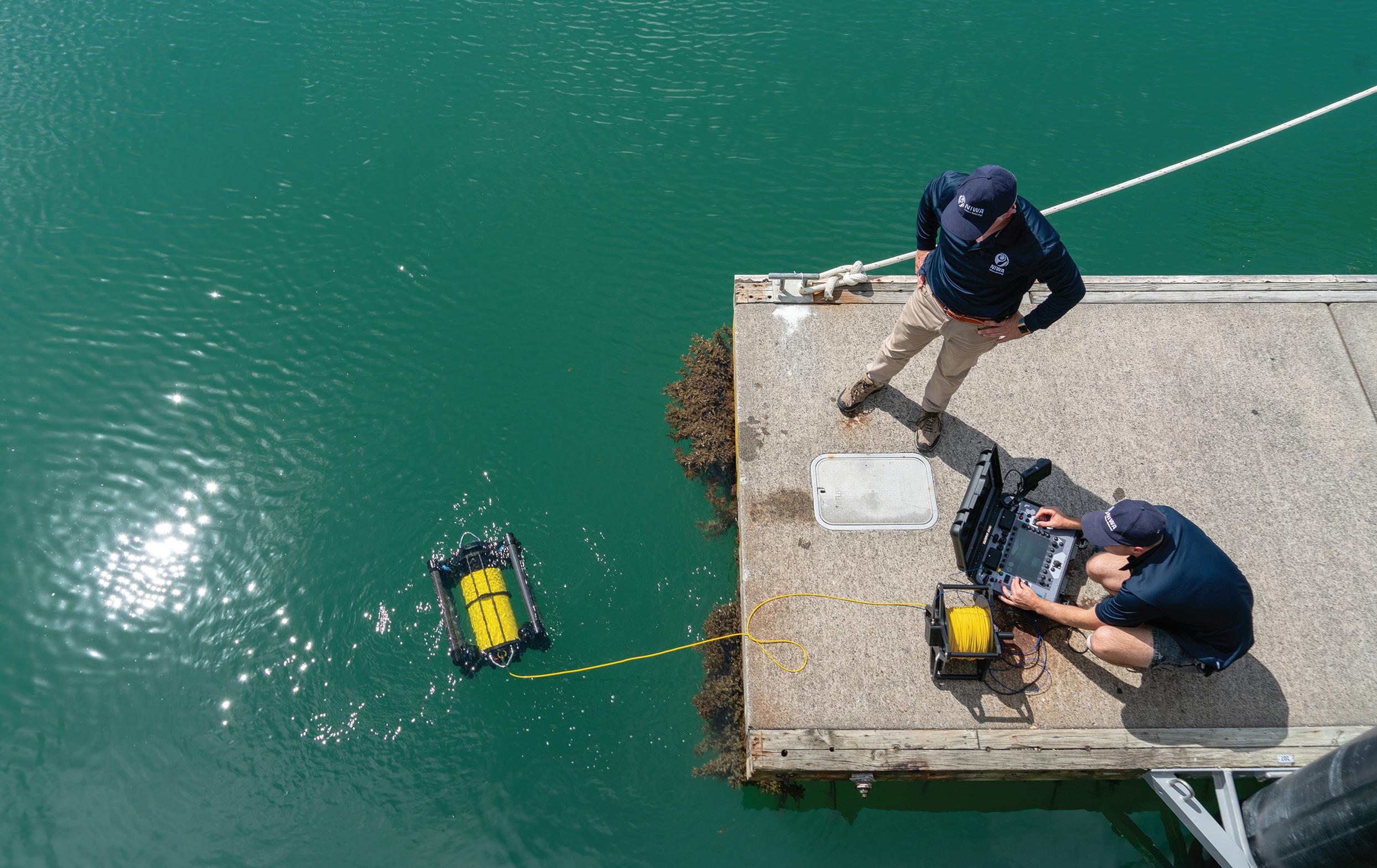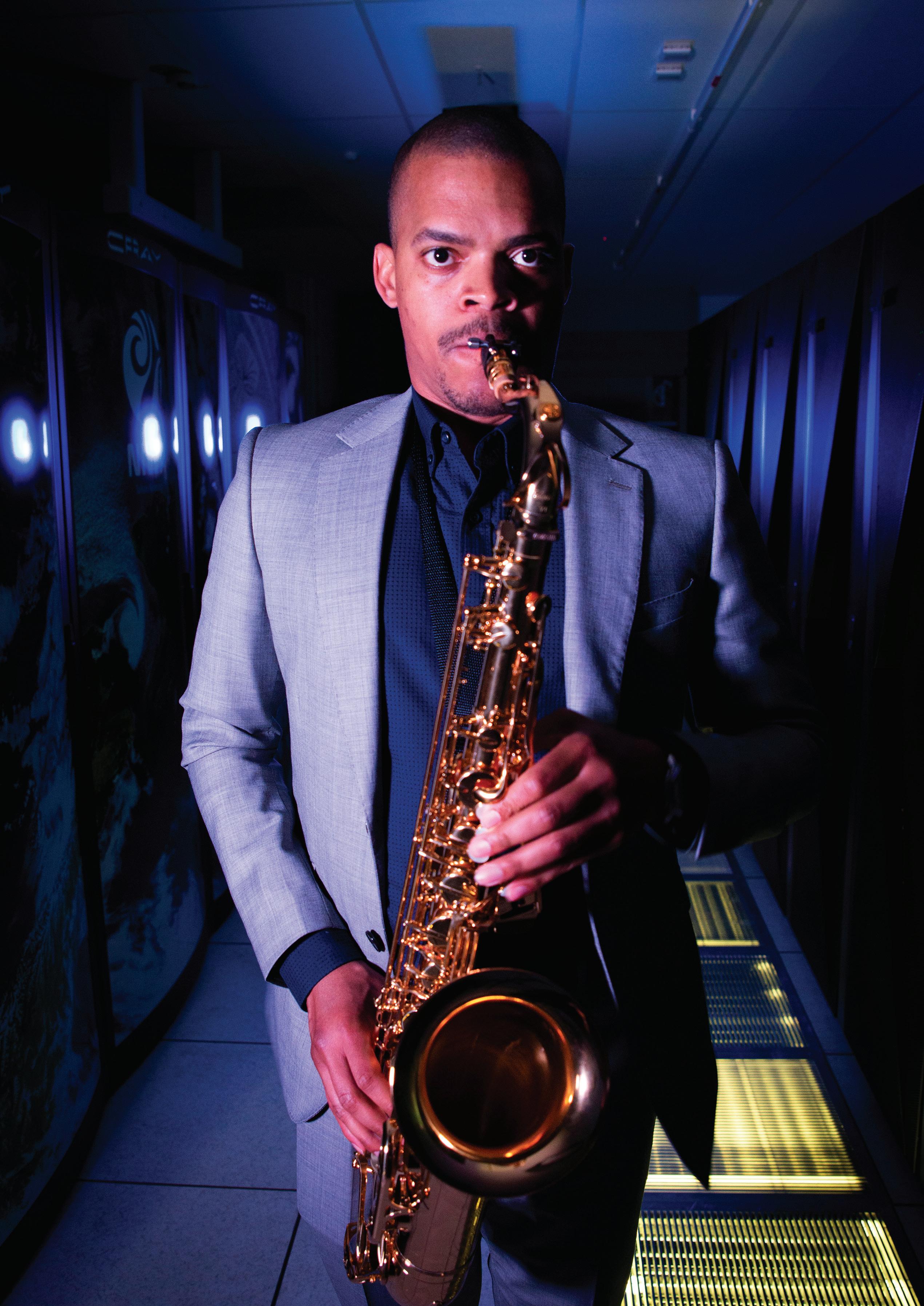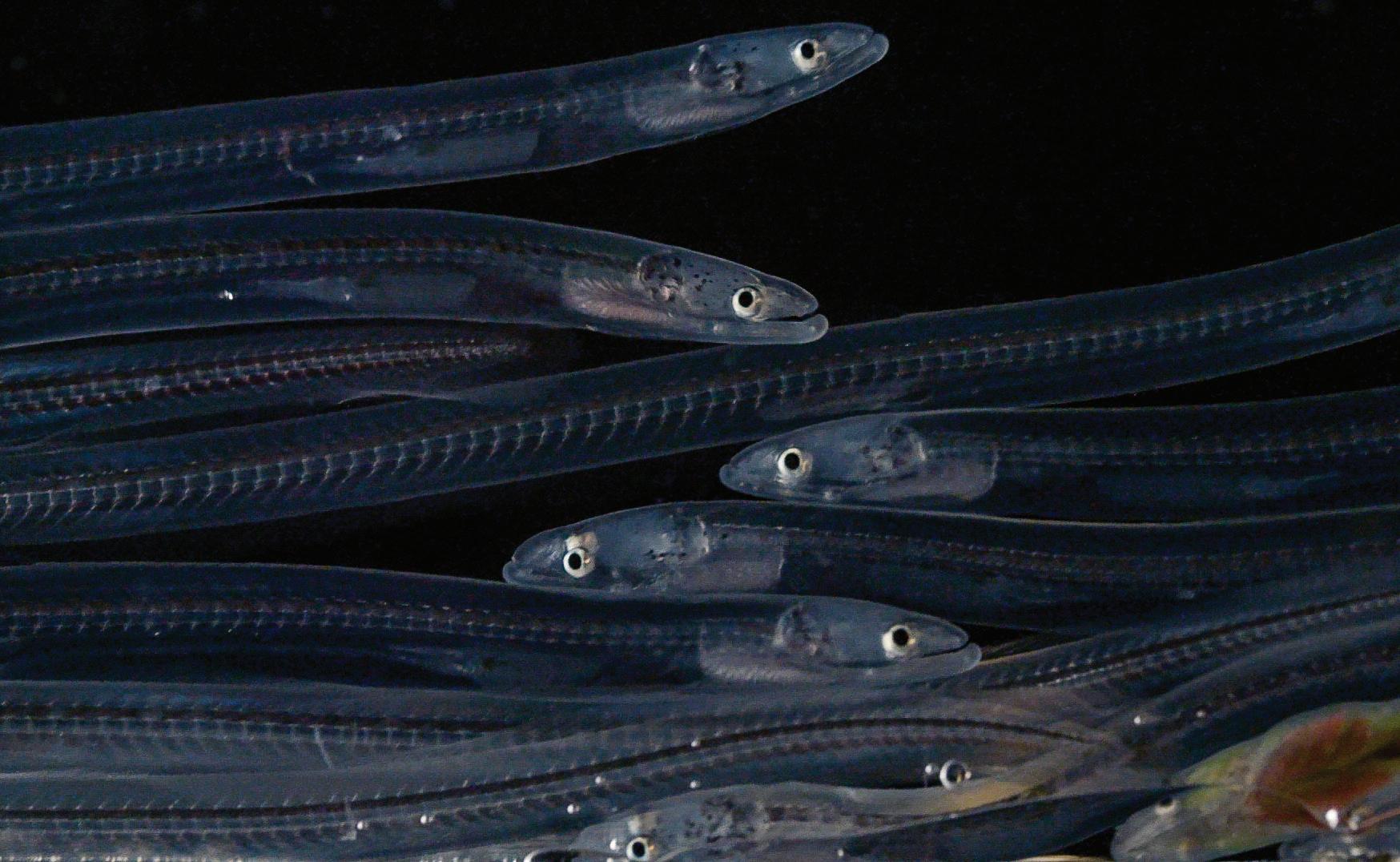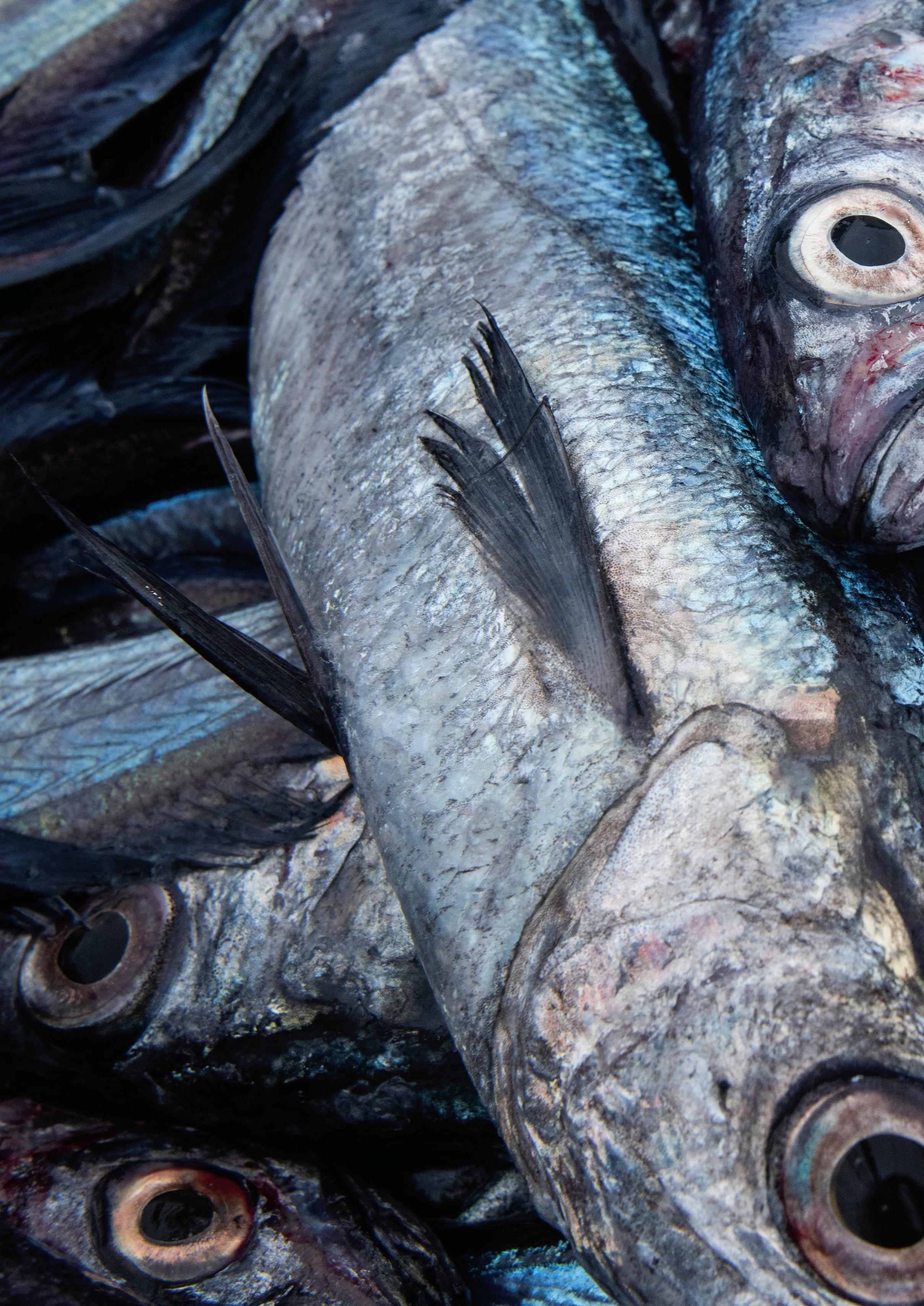
4 minute read
Science on the high seas
By Sam Fraser-Baxter
“We all want to have long-term sustainability of the hoki fishery in New Zealand ” Dr Richard O’Driscoll Ever wondered what fish is served in a Filet-oFish at MacDonald’s? It’s hoki. Fish fingers at the supermarket? Chances are, they’ll be hoki too. A fast-growing, deepwater, schooling species, hoki is New Zealand’s largest fishery. The majority of the catch is exported, and it earns New Zealand about $200 million a year. But how do fisheries managers protect that resource and decide how much fish can be safely taken each year? This is where NIWA’s team of fisheries scientists, led by Dr Rosemary Hurst (see previous story) come in. Hoki, for example, is one of New Zealand’s most carefully studied species, and exemplifies the critical role science plays in maintaining both a lucrative and sustainable industry. NIWA scientists, often working on research vessels Tangaroa and Kaharoa, have been surveying the fishery since 1995, building on work started by the Ministry of Agriculture and Fisheries about 10 years earlier. Standardised trawl and acoustic surveys are supplemented by data from commercial catches to model populations under various catch scenarios. Fisheries New Zealand (FNZ) uses this information to determine the allowable catch. The ability to react to observed changes in fish
Advertisement
www.niwa.co.nz Night watch on the bridge of research vessel Kaharoa, monitoring acoustic signals from hoki schools up to 1000m below. (Rebekah Parsons-King)
Bex Parsons-King populations, and raise or lower the catch accordingly, is the key to a sustainable fishery. Every winter, thousands of tonnes of hoki swim from the deep waters around the Chatham Rise and the Sub-Antarctic Plateau, to Cook Strait and the west coast South Island respectively to spawn. The deepwater canyons in these areas are the main hoki fishing grounds. Because the fish are highly aggregated in spawning schools, the areas are also key sites for NIWA’s long-running scientific acoustic surveys monitoring hoki populations. In the latest Cook Strait survey, NIWA’s research vessel Kaharoa headed out along a series of randomised transects with an acoustic transducer attached to the hull. NIWA Fisheries’ Principal Scientist Richard O’Driscoll describes the transducer as a “fancy version of a fish finder”. Pulses of sound are emitted towards the seafloor. When these acoustic pulses reach something in the water column, they’re reflected back to the researchers’ computer screens on board Kaharoa. Different fish send back different patterns, and the amplitude of the returning soundwave is proportional to the density of fish. The results are analysed and can be used to estimate species abundance. A trawl net is used to catch a small representative
Fisheries scientist Dr Yoann Ladroit takes samples from hoki in the wet lab aboard RV Kaharoa. Genetic analysis can reveal the fish’s breeding stock. (Rebekah Parsons-King)
Fishing fast facts $200million Annual value of hoki exports to NZ 115,000tonnes Total allowable commercial catch for hoki in 2019 sample of selected schools so researchers can confirm fish species and size. Once the fish are on board, their weight, gender and size are recorded and the fish’s ear bone – or otolith – is removed. Fish add another layer to their otolith every year – like tree rings, these tiny layers can be counted to determine age. “What we want to see for a healthy population is a wide range of size classes,” says O’Driscoll. “The number of young fish we see is a measure of the number of fish coming into the population. That will tell us how many we can take out over the years to come.” In the last few years, trawl survey and acoustic indices and commercial hoki catches have declined. In September 2018, the fishing industry agreed to voluntarily lower their catch from 150,000 tonnes to 130,000 tonnes. Fishing companies had struggled to land their quota and were concerned hoki numbers may be lower than thought. Then in October last year, the hoki quota was officially reduced to 115,000 tonnes to enable the stock to rebuild. O’Driscoll says scientists, FNZ officials and the fishing industry work closely together to maintain a healthy fishery, and the hoki quota adjustments are an example of the flexibility of the QMS. Another example occurred in the 2000s, when the hoki population experienced a dramatic decline. TACCs were cut and the fishery recovered. “We’re all on the same page, we all want to have long-term sustainability of the hoki fishery in New Zealand,” he says. The 2019 survey results, along with industry-supplied catch data, may yet change the TACC again.

Ear bones – or otoliths – are removed soon after hoki are landed. These tiny bones can reveal a wealth of information, including fish age and growth rates. (Rebekah Parsons-King)

www.niwa.co.nz Rebekah Parsons-King


